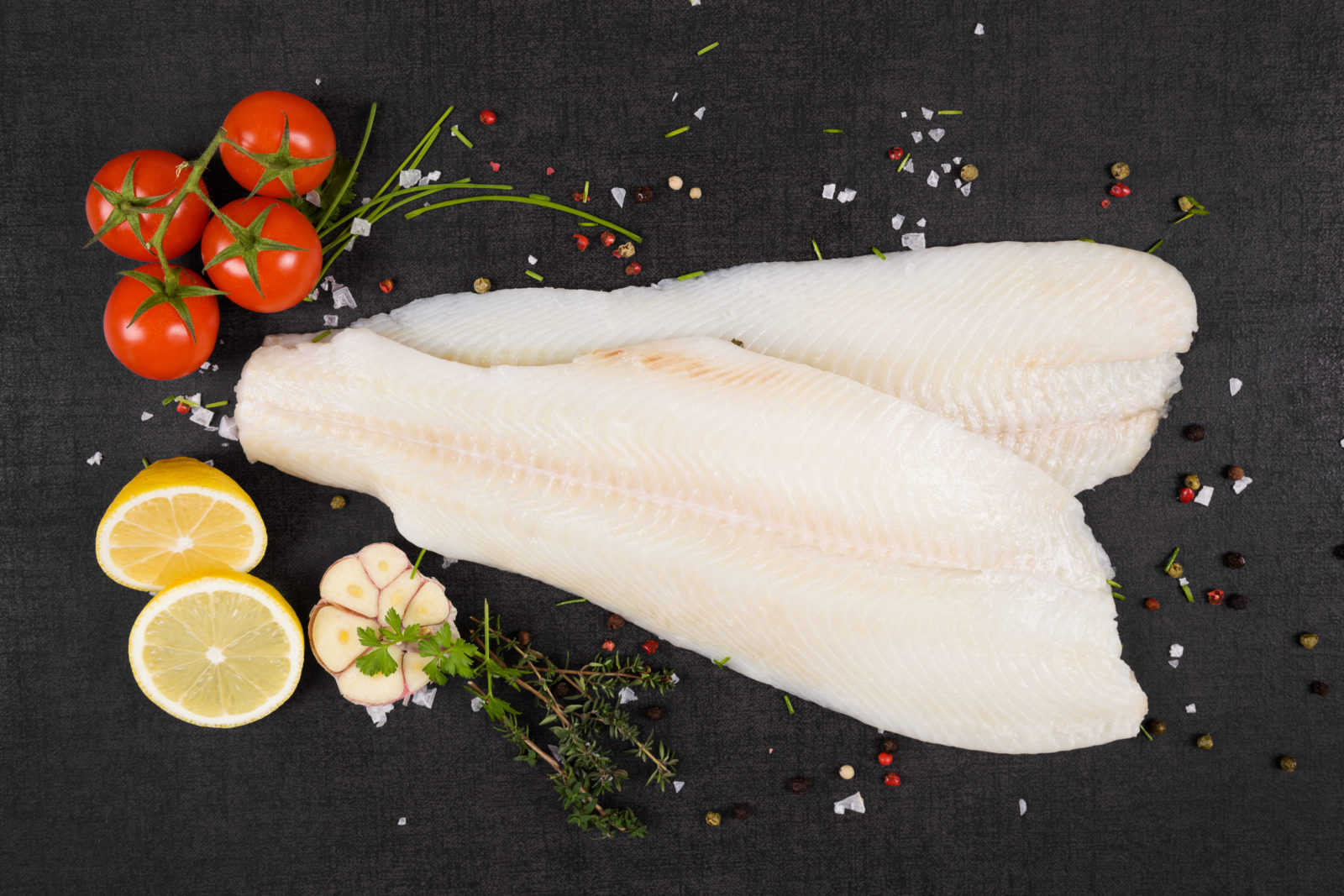Sea Bass, tuna, swordfish, and halibut, for the most part, all have a very similar fishing management plan. However, when looking into population sizes, fishing rates, habitat impacts and bycatch, halibut would be the most appropriate to recommend serving for dinner (Fisheries and Oceans Canada, 2011).
Because halibut is such a valuable and profitable fish in both the commercial and recreational fishery industries management is very stringent. In Alaska, The North Pacific Fishery Management Council regulates annual allowable catch, basing their decision on scientific research this is conducted on a yearly basis. Furthermore, in Alaska several management programs, two of which are very important and effective. The first being, the ‘individual fishing quota program’. This program provides individual fishermen and fishing vessels with the opportunity to harvest halibut at any time throughout the year. Overall this promotes a safer, more successful, more cost-effective, and ecologically accountable fishery. The second is the ‘Community Development Quota (CDQ) Halibut Program’, which provides western Alaskan communities with the ability to participate and sustainable economic development (Fisheries and Oceans Canada, 2011).
At present Pacific halibut is experiencing a size-at-age decline; the exact reason for this physical change is still unknown. Harvest policy has changed especially in terms of harvest rates and minimizes size limit (Fisheries and Oceans Canada, 2011).In 2011 the 2012 quota was changed substantially to 33.135 million pounds, dropping 7.935 million pounds from the quota set in 2011. This is a positive step in terms of management processes due to the fact that the halibut population will have time to recover. However, its availability in Canada will not have changed making it an appropriate choice for dinner (Seafood Source, 2011).
Overall, the fishing of halibut does not present any drastic effects in terms of habitat impacts or bycatch. The species is not in any danger of extinction, and with the continuation of stringent management regulations and effective annual quotas, Pacific halibut is an excellent choice for dinner (Fisheries and Oceans Canada, 2011).
Seafood Source. (2011). Pacific halibut quota to be cut significantly. Available online from http://www.seafoodsource.com/newsarticledetail.aspx?id=13186.
Fisheries and Oceans Canada. (2011). Pacific Halibut. Available onlinefromFisheries and Oceans Canada Web site, http://www.dfo-mpo.gc.ca/fm-gp/sustainable- durable/fisheries-peches/halibut-fletan-eng.htm.
Amanda Filipowicz is a certified nutritional practitioner (CNP) with a bachelor in environmental studies (BES) from York University. She also has certification in clinical detoxification, prenatal and postnatal care as well as nutrition for mental health. She has been working as a nutritionist since 2013 and is a lifelong proponent of eating healthy.

